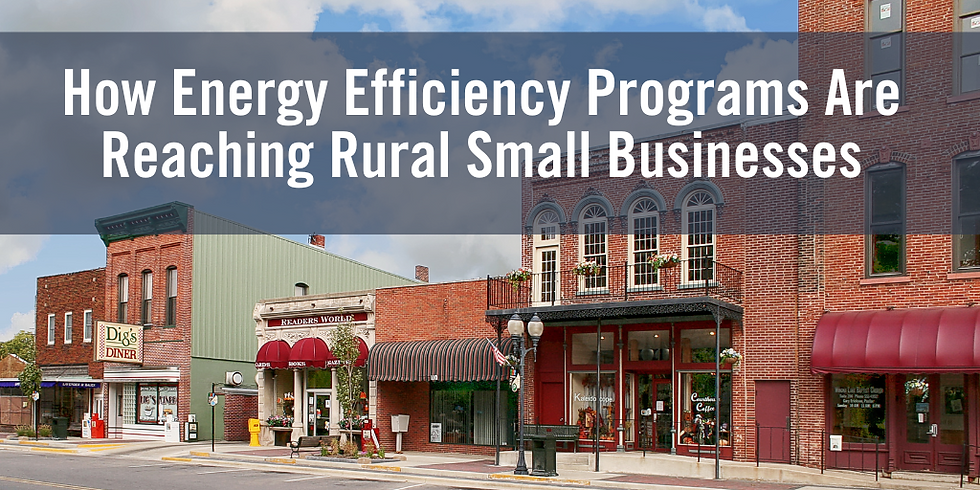Beyond Simple Payback
- Dec 11, 2015
- 3 min read
Written by: Brian Wong

While investing capital in energy efficient building upgrades can improve a property’s ENERGY STAR® score, LEED status, and attract and/or retain higher quality tenants, successful project proposals must ultimately meet the decision maker’s financial bottom line. Effective financial metrics typically account for variables such as the property’s hold period, time value of money, and future cash flows over the project’s lifetime, which simple payback period (SPP) alone does not adequately address. To improve the business case for energy efficiency, Waypoint also includes other commonly used metrics such as Net Present Value (NPV) or Internal Rate of Return (IRR).
SPP is the financial metric most commonly used to evaluate the feasibility of implementing retrofits such as LED lighting or HVAC replacements. For some property managers, projects that pay for themselves in under one year are considered “no-brainers,” and projects that pay back in under three years are considered reasonable investments. SPP is measured in years, and is calculated by dividing the cost of replacement by the utility and maintenance costs saved annually.

While SPP is favored by many property managers for its simplicity and relation to the expected hold period of the property, the metric has some limitations:
SPP treats every dollar saved as if it were received today, and does not account for the opportunity costs of energy savings received now or in the future. The two projects below pay back in five years, yet Project 1 produces steady cash flow on a monthly basis to accrue the same amount over five years and Project 2 produces no cash flow for five years yet abruptly delivers a return.

Projects with similar SPPs are often considered equally sound investments, ignoring the total lifetime savings of projects after they pay back in context of the property’s hold period. The two below projects pay back in five years, yet Project 3 has a lower amount of energy cost savings over the same period of time than Project 4.

While Waypoint’s customized business cases for energy efficient projects always present SPP, we also present NPV and IRR to account for the time value of money and lifetime savings of projects.
NPV is based on the net value of cash flows generated by an investment, where cash flows are discounted to reflect the time value of money, risk, and the opportunity cost of capital simply a discount rate with many different contributing inputs. A positive NPV represents an investment that returns positive value after the discount rate has been considered. A negative NPV represents an investment that does not recover its cost during the time period considered for the economic analysis based on this fixed discount rate.
IRR represents the annualized effective compound rate of return generated by the cash flow of a project. So the NPV is based on the size of the investment and the size of the savings over time providing a fixed dollar figure, the IRR helps to compare different projects against each other regardless of their size.
While Projects 1-4 have identical SPPs, there are many other variables and metrics to consider when choosing the optimal investment. Because energy efficient building upgrades almost always produce consistent energy cost savings on an annual basis, they typically offer low-risk, high-reward investment choices that economically outperform traditional investment choices after accounting for the time value of money and lifetime value of a project.

Each of Waypoint’s customized business cases for energy efficient building upgrades often include SPP, NPV and IRR to quantify the economic value of energy savings beyond their “break even” period. These metrics can sweeten the financial bottom line for energy efficiency and empower a well-informed decision-maker to confidently say “yes” to a successful project proposal. To learn more about Waypoint’s business case methodology for unlocking energy efficiency in commercial buildings, email us at info@waypoint-energy.com.





Comments